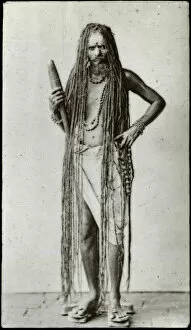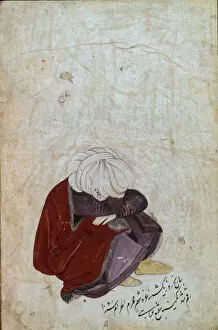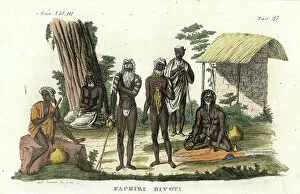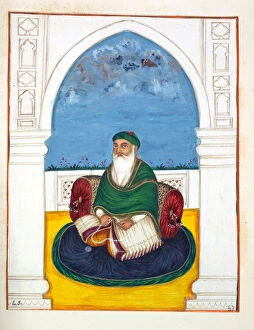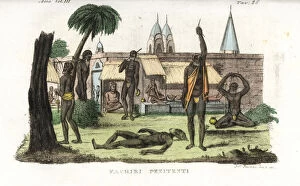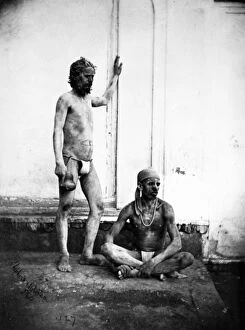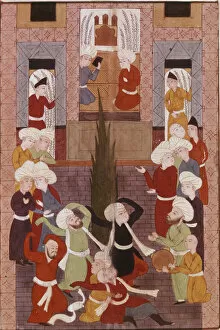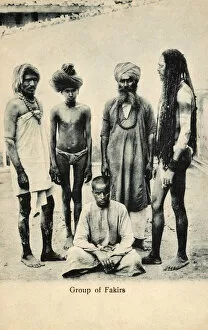Faqir Collection
The faqir, a fascinating figure found in various cultures and religions, holds a mystique that captivates the imagination
For sale as Licensed Images
Choose your image, Select your licence and Download the media
The faqir, a fascinating figure found in various cultures and religions, holds a mystique that captivates the imagination. In Sri Lanka, Hindu ascetics known as they are renowned for their incredibly long hair, symbolizing their devotion and renunciation of worldly attachments. Meanwhile, Muslim fakirs or they can be seen performing prayers and mortification rituals. In vivid handcoloured copperplate drawings by Francois Solvyns, we witness the Udbahu with raised arm alongside others praying in different positions - standing, seated or lying down. These holy men embody spiritual discipline and dedication. Delving deeper into this realm of faith and austerity, we encounter Fakir Imamuddin from The Kingdom of Punjab. His presence reflects the influence of these revered individuals on local rulers and chiefs. Similarly, Fakir Syad Aziz-o-Deen's depiction highlights the significance bestowed upon them within this region. Venturing further into India's diverse landscape reveals Muslim fakir penitents engaged in prayer and mortification practices. Their commitment to spirituality is evident through their unwavering devotion. As we explore historical accounts such as Voyages in India published by Smith Elder & Co. , we come across a captivating portrayal of A Fakir from Rajpootana. This glimpse into his world offers insights into the unique traditions followed by these mystical beings. Photographs like Udasees (c. 1862-64) capture black-and-white images showcasing the austere lives led by these individuals while Two Dervishes (1858) presents watercolor depictions illustrating their distinct attire and demeanor. Finally, Fakirs (c. 1862) photographed during that era provide visual evidence of their existence amidst society at large. Each image tells a story of devotion intertwined with simplicity. Whether it be Hindu ascetics with flowing locks or Muslim fakirs immersed in prayer and mortification, the faqir remains an enigmatic figure across cultures.

